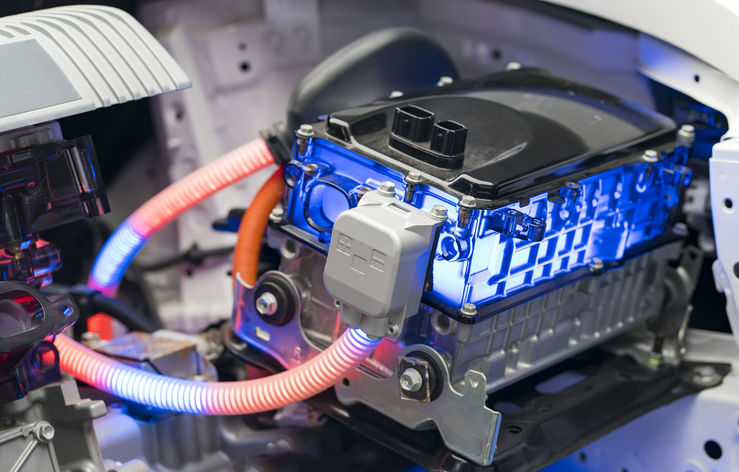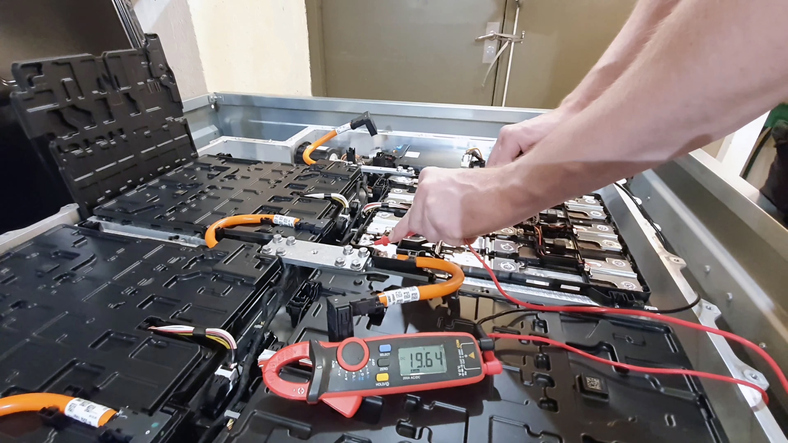Taking a Hybrid and Electrical Mechanic Course? Understanding EV Battery Recycling
Do you want to work on the next generation of electric vehicles? It’s an exciting time to get into the automotive industry. Many top car manufacturers have already begun building their own electric vehicles. BMW released its Mini Cooper SE, and Ford released the 2022 Mustang Mach-E, for example.
With all these new EVs, considerable effort goes into recycling the valuable minerals found within each battery. Mining minerals to create a constant stream of new batteries for the market requires potentially environmentally hazardous practices. So substantial research has gone towards developing techniques to recycle EV batteries.
Below, we’ll go into recycling methods that make the most of EV batteries in terms of power and emissions reductions. By learning them, you will better understand the complexity of the batteries you may work with once you start your automotive career.
The Importance of Recycling Electric Vehicle Batteries
As many countries worldwide switch to EVs, they are also seeking supplies of Cobalt, Lithium, and other minerals that make EV batteries. Supplying these batteries can be an extensive process with the possibility of environmental impact. If we want EVs to offer clean transportation, their batteries need to be recycled.
While this may not seem like a big concern now, by 2035, 135GWh of lithium batteries will have used the last of their energy. An incredible leap from the 17.6 GWh estimated at the end of 2020. Additionally, by 2040, Canada hopes to have reached 100% EV adoption. With all of them being zero emissions by 2035.
In your hybrid and electrical mechanic training course, you’ll learn how to measure and interpret the results of high voltage and load systems in EVs to determine how much electricity is running through a battery system.
EV Battery Recycling Methods
You may come across several EV battery recycling methods during your career since researchers are always looking for new and better ways to recycle EV batteries. Here are three of the most common ones.
Direct recycling involves using a process called gravity separation to reclaim the necessary materials. The idea is to lift the material by vacuum over an inclined covered screen that moves along as more material is added. When a shredded EV battery is run through, the important metals are caught in the net while everything else falls away. While this method is effective, it is resource-intensive, with only one battery capable of being recycled at a time.

Hydrometallurgy uses chemical precipitation to gather materials to create refined materials that are reintegrated into battery cell manufacturing. Chemical precipitation converts the important minerals into a solid, where the minerals are integrated into cell manufacturing. This is currently the most promising method for recycling EV batteries, but water pollution is a concern.
Pyrometallurgy uses smelters to heat battery material to a hot enough temperature to separate and extract the base materials. The process creates a hardened mixture of fillers and sought-after elements. The hardened mixture can then be sent along to manufacture new batteries. This method is effective at retaining almost half of the original material, but the smelting process is very resource-intensive.
Most recycling companies use a mix of direct recycling and hydrometallurgy. Both can retain a high amount of recycled material and are less resource intensive. Hydrometallurgy already involves shredding dead batteries, so direct recycling is a comparatively easy step to add to the process.
How Hybrid and Electrical Mechanic Training Comes Into Play
Proper training is vital because electric vehicle components can be dangerous if mishandled or damaged. A damaged battery may not contain its electricity correctly and can cause harm or injury to the person holding it. During your electrical mechanic training, you will learn to recognize the components of the vehicle’s operation and interact with them safely.

You’ll also learn to recognize high-voltage components and circuits during your EV repair work. With your safety taken care of, you can replace an EV battery and send the old one to the appropriate place for recycling.
Are you interested in being a hybrid and electric vehicle mechanic?
Contact ATC Montreal for more information!


